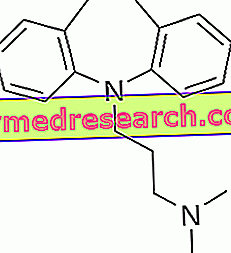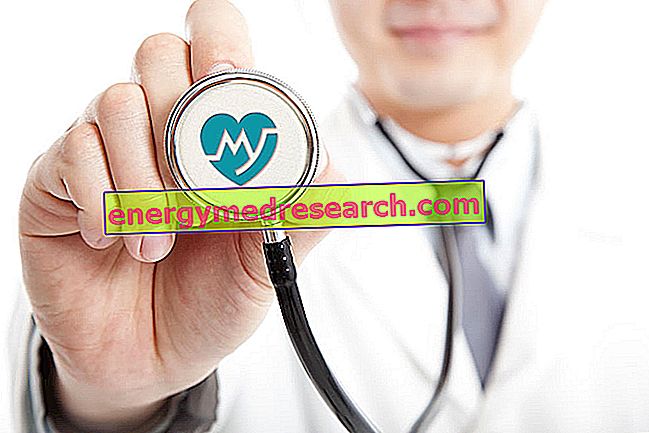Related articles: Cholecystitis
Definition
Cholecystitis is inflammation of the gallbladder (or gallbladder). It represents one of the most frequent complications of gallstones (aggregates of varying size and consistency that form inside the gall bladder due to an alteration of the composition of bile). In fact, the calculations can end up by obstructing the cystic duct (a channel that joins the gallbladder to the common bile duct and carries bile to the duodenum), preventing the gall bladder from emptying itself normally. The bile, therefore, cannot escape and stagnates in the gallbladder causing an irritating action on the organ. Biliary stasis also causes the release of enzymes and inflammatory mediators that worsen the damage, which, if left unchecked, leads to necrosis and organ perforation. In some cases, an infection may also overlap, caused by bacteria arriving from the intestine, liver or lymphatic system.
Inflammation of the gallbladder can also occur in the absence of gallstones (alitiasic cholecystitis). In these cases, cholecystitis can depend on major surgery, trauma, prolonged fasting, immune deficiency or serious concomitant diseases.
Most common symptoms and signs *
- Acute abdomen
- Anorexia
- Anuria
- Asthenia
- Intestinal Atony
- Increase in the ESR
- Weight gain
- bacteriuria
- Chills
- Catarrh
- Bad digestion
- Colaluria
- Colic
- Biliary colic
- Appearance of roundish painful and itchy vesicles
- Conati
- Abdominal cramps
- Yellow Diarrhea
- Dysuria
- Abdominal pain
- Abdominal pain on palpation
- Pain in the upper part of the abdomen
- Shoulder pain
- Ectropion
- heartburn
- Belching
- Temperature
- I made clear
- Flatulence
- Abdominal swelling
- Jaundice
- Abdominal mass
- Nausea
- Nausea and vomiting in the early stages of pregnancy
- Loss of balance
- Gastrointestinal perforation
- Peritonismo
- Nosebleeds
- Blood in the urine
- Foam in urine
- Nephritic syndrome
- Sweating
- Dark urine
- He retched
- Biliary vomiting
Further indications
Cholecystitis can be acute or chronic. In the first case, the disease begins suddenly, causing a very intense and continuous pain in the upper right part of the abdomen; sometimes, this pain is accompanied by fever, chills, nausea, lack of appetite and vomiting. The pain sensation, in general, is similar to that of a biliary colic, but it has longer duration and gravity. The pain is then accentuated when the painful part is pressed and when the person takes deep breaths; in addition, it can also radiate to the scapula and back. The obstruction of the bile ducts can determine an obstructive jaundice, responsible for the more or less evident yellowish coloring of the skin and ocular sclerae. The faeces become pale, while the urine takes on a dark color, similar to tea.
Chronic cholecystitis, on the other hand, is characterized by repeated attacks, alternating with phases of remission. It may derive from repeated acute episodes or long-term irritation. Compared to acute cholecystitis, the chronic form can cause mild symptoms.
Typically, the cholecystitis attack requires hospitalization. Abdominal ultrasound shows gallstones in the gallbladder and sometimes associated inflammation. The person is left to fast for a few hours and fed via a drip or nasogastric tube. Treatment usually involves the use of antibiotics, antispasmodics and analgesics. In some cases, as soon as the symptoms have improved, we will proceed with cholecystectomy, that is the removal of the gallbladder by laparoscopy. If a complication is suspected, such as the formation of an abscess or perforation, it is necessary to intervene urgently.



